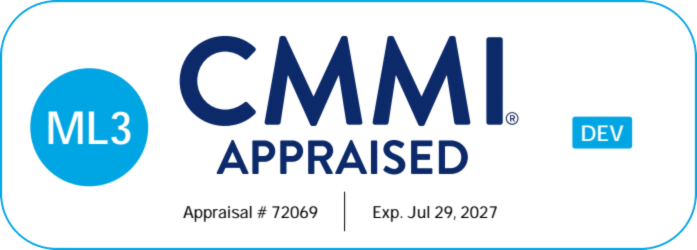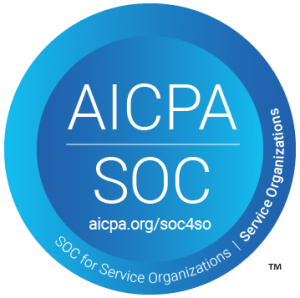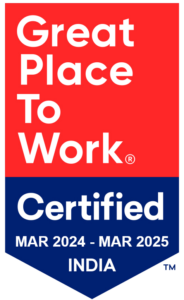
Why CIOs Can’t Afford Slow Transformation in 2026: No-Code Enterprise Agility as the New Digital Imperative
Reading Time: 6 minutesEnterprise leaders today operate in an environment where speed defines competitiveness. Markets shift overnight, customer demands evolve rapidly, and disruptions emerge faster than traditional IT cycles can respond. In this landscape, CIOs can no longer afford slow, linear transformation. The winners are the organizations that build adaptability into their DNA and move with precision, clarity,
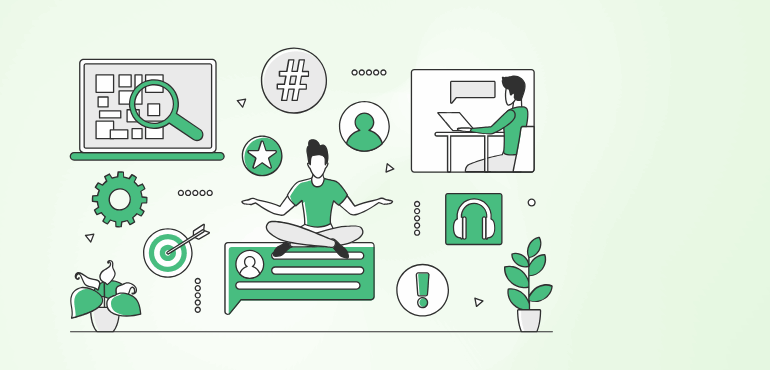
Modern Application Development in 2026: The Future of Business Innovation in a Digital-First World
Reading Time: 5 minutesModern Application Development is reshaping how organizations build, deploy, and scale software in an environment where speed, agility, and innovation determine competitive survival. In today’s digital-first economy, enterprises can no longer rely on traditional development models characterized by long release cycles, heavy dependence on specialized IT resources, and rigid monolithic architectures. The pace of business

How No-Code and Agentic AI Bridge the Gap Between Planning and Execution
Reading Time: 7 minutesOrganizations today face a persistent and costly struggle: The gap between visionary strategic plans and successful execution. This divide, commonly referred to as the strategy execution gap, causes nearly 67% of initiatives to fail before realizing their full impact. Now, with the emergence of no-code and agentic AI, leaders have a genuine opportunity to close
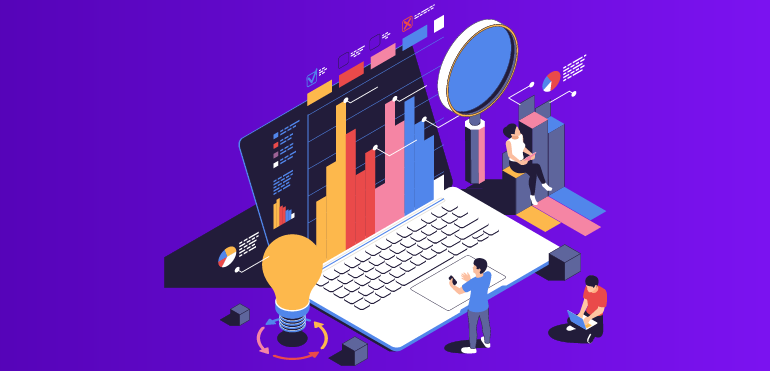
Mastering Top 10 Project Management Challenges: Expert Strategies for Success
Reading Time: 10 minutesAre you a project manager looking to improve your team’s workflow through project management hacks? Do you need help with the number of tasks and deadlines you must keep track of? Don’t worry. We’ve got you covered! Top 10 Project Management Challenges Navigating the dynamic landscape of project management comes with its own set of

The Hidden Cost of Inefficient Project Management in 2026(and How to Fix It Fast)
Reading Time: 8 minutesProject management is the backbone of business execution. Yet, for many organizations, it’s also the biggest source of hidden losses. Delays, unclear communication, scope creep, and manual processes silently drain time, money, and morale. What starts as small inefficiencies in task planning or approvals snowballs into project overruns, missed opportunities, and frustrated teams. In a
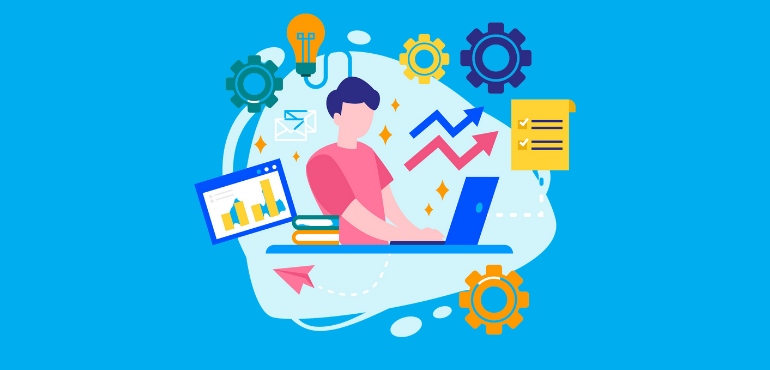
Project Management in 2026: Why AI and No-Code Are the Ultimate Game-Changers
Reading Time: 7 minutesIn a world where agility defines success, project management has become the invisible engine driving transformation across industries. But as enterprises navigate the complex digital landscape of 2026, one truth stands out—traditional project management approaches are no longer enough. The rise of AI and no-code technology is changing how projects are planned, executed, and delivered.
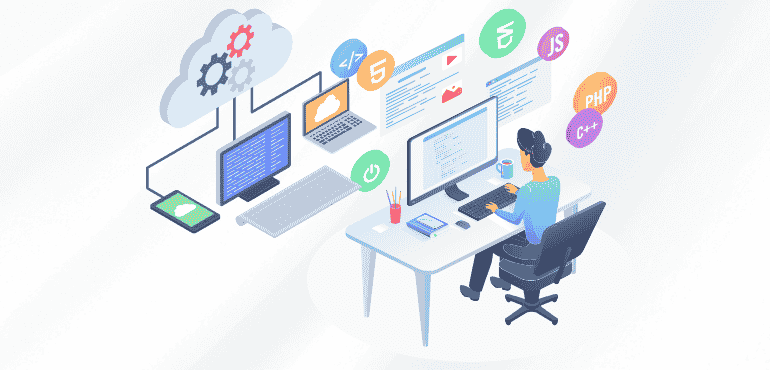
Async vs Sync: How Modern App Models Power Real-Time No-Code Innovation
Reading Time: 5 minutesIn the age of instant responses, live dashboards, and always-on business operations, application performance isn’t just about speed—it’s about synchronization. Every tap, approval, or trigger on an app needs to happen seamlessly. Behind this seamlessness lies a fundamental choice in how systems communicate and process tasks: async vs sync programming. While this concept might sound

Real ROI of AI Agents: Quantifying Time Saved, Approvals Accelerated, and Errors Eliminated
Reading Time: 5 minutesFor years, “AI” was marketed as a futuristic advantage. Today, it’s a competitive necessity — but not all AI delivers measurable business value. Chatbots and predictive dashboards were just the beginning. The real shift in enterprise performance is coming from AI agents — autonomous software entities that not only analyze but act, handling tasks previously
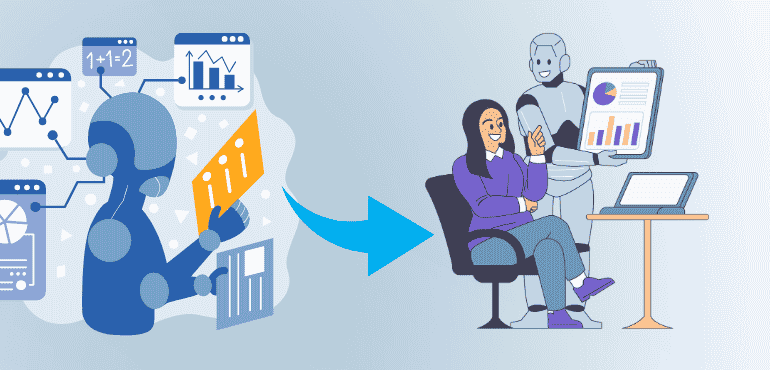
Why AI Agents as Digital Teammates Are the Ultimate Upgrade to No-Code
Reading Time: 5 minutesFor the past decade, no-code platforms have revolutionized the way businesses build and automate applications. They empowered non-technical employees—often called citizen developers—to create apps, automate processes, and streamline workflows without writing a single line of code. No-code was a democratizing force: it brought development to the hands of the people who understand the business best.Yet,
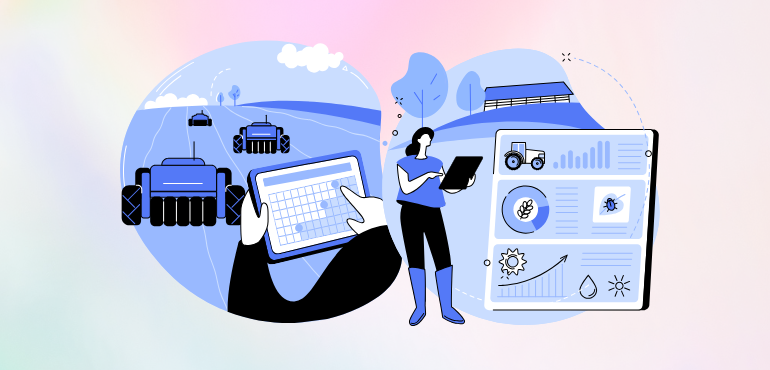
Online License Management System for Businesses : From Paperwork to Progress
Reading Time: 9 minutesCustomized License Management System: Can This Be a Game-Changer for Your Business? When you think of working with modern technology, yes, it’s a game-changer. Because using a standard license management system may not be sufficient for today’s organizations. As companies grow, the complexities of managing software licenses increase, and issues such as compliance requirements and






